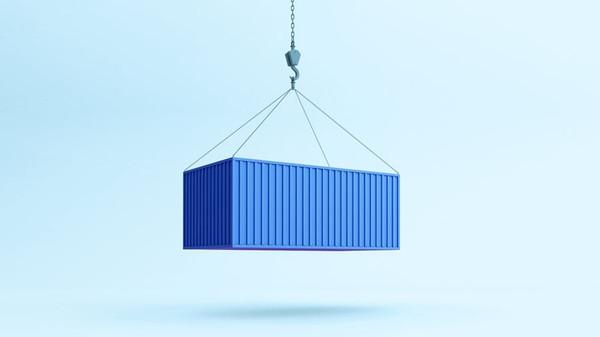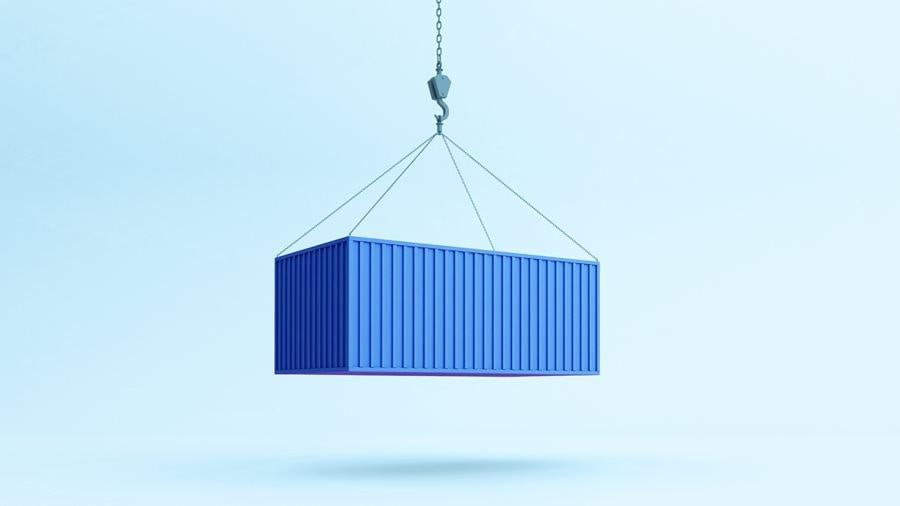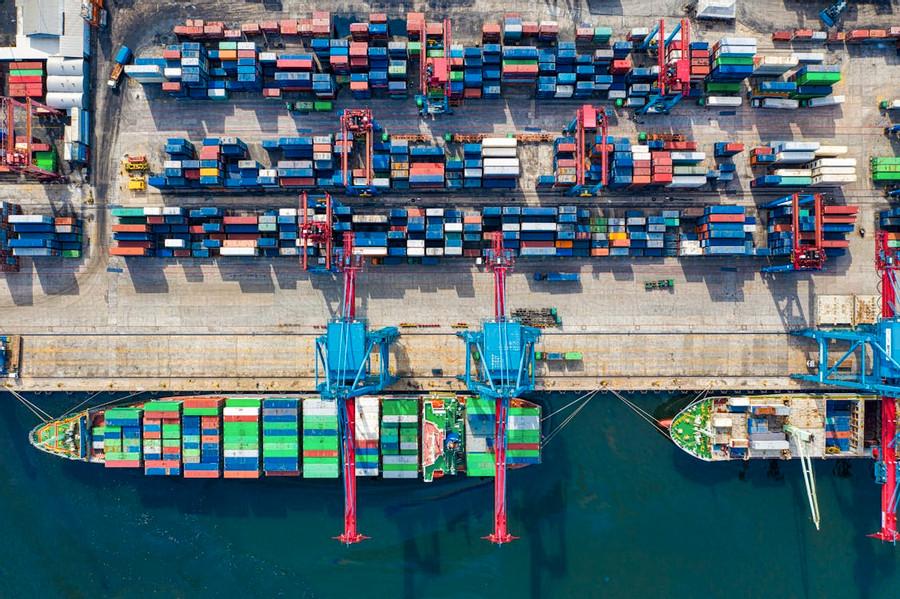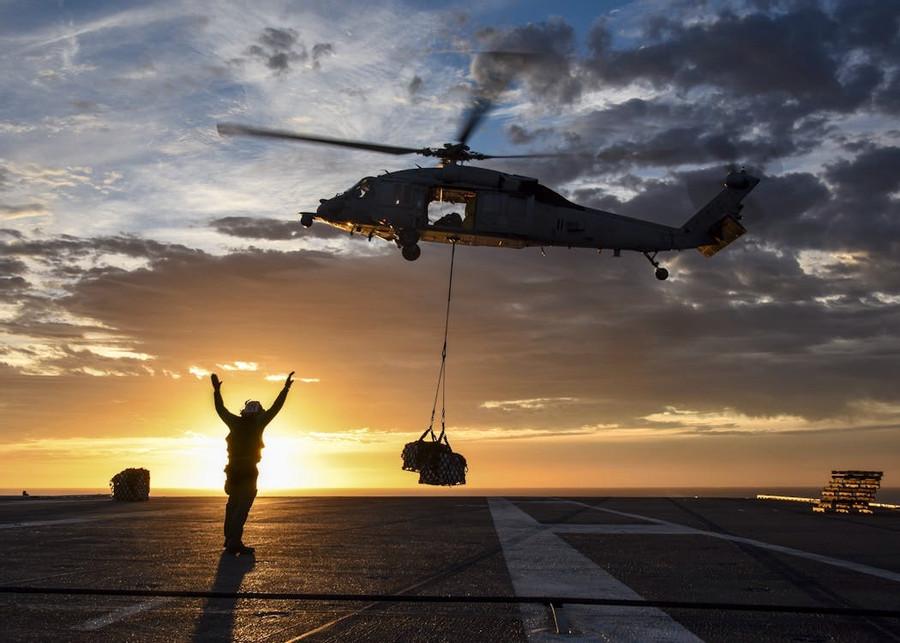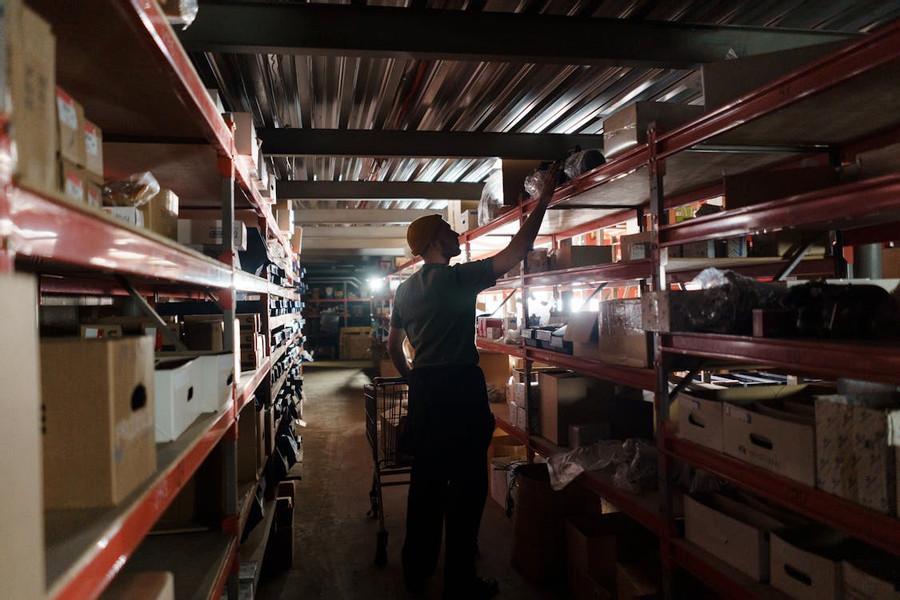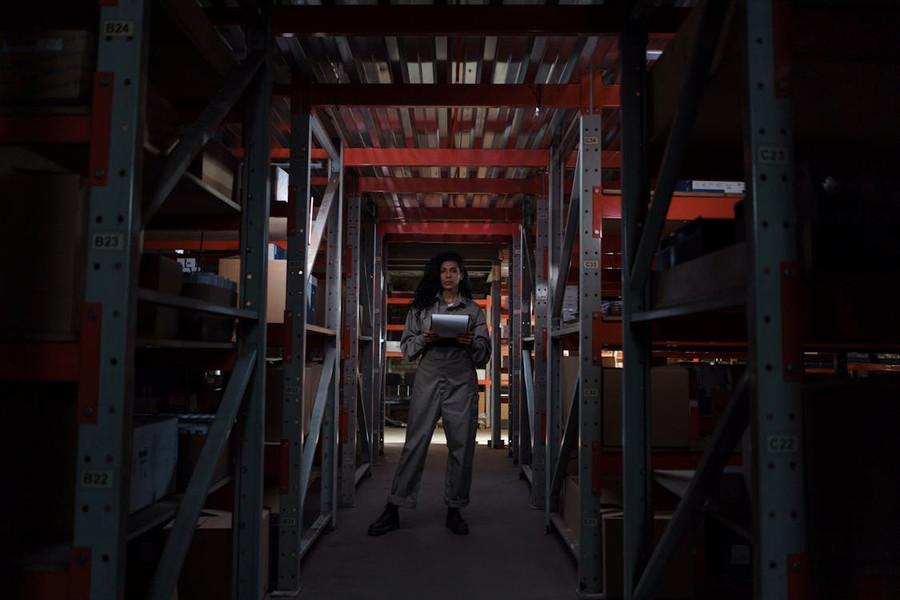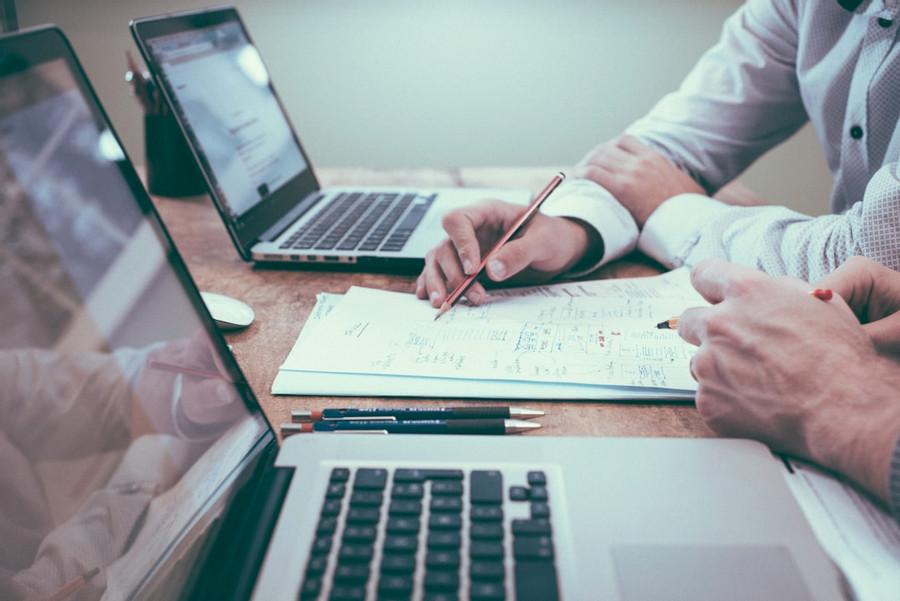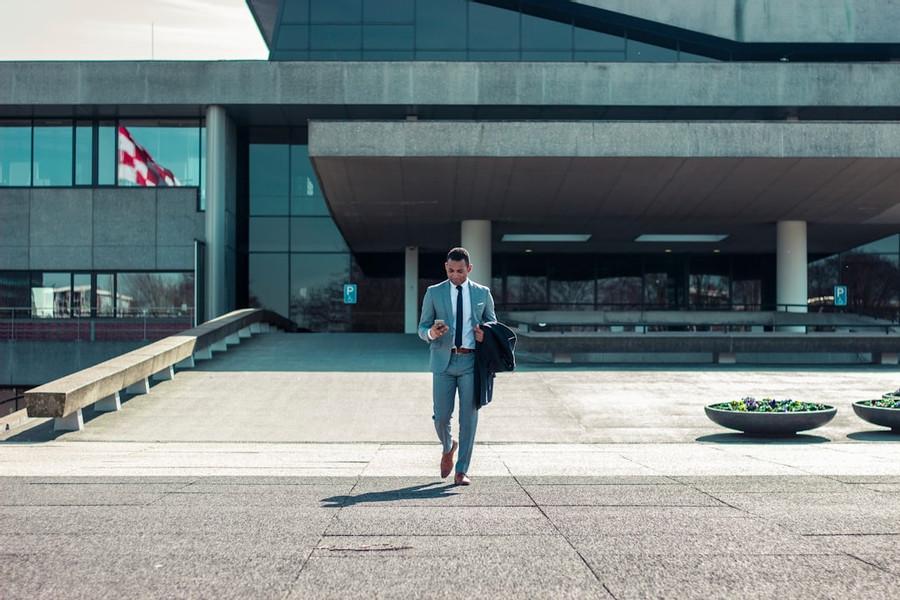What is supply chain?
Curated from: mckinsey.com
Ideas, facts & insights covering these topics:
17 ideas
·2.17K reads
17
Explore the World's Best Ideas
Join today and uncover 100+ curated journeys from 50+ topics. Unlock access to our mobile app with extensive features.
Understanding Supply Chains
A supply chain is made up of interconnected parts of a whole, all of which add up to finished products bought by customers. Take automobiles, for example. Before a consumer buys a car, iron ore is extracted from the earth. The ore is transported to a plant, where it’s turned into steel, which is made into the chassis of the automobile. To make the car, various components—from engines to batteries, electrical components, rubber tires, a metal body, and paint—are assembled. Once the car is made, it’s sold in a retail setting to the end consumer.
22
319 reads
The Stakeholders
- producers, which make or grow the raw materials for goods
- vendors, which buy and sell materials
- manufacturers, which make materials into goods
- transporters, or logistics providers, which move those goods around the world
- supply chain managers, which ensure that operations run smoothly in everything from planning to sourcing raw materials, manufacturing, delivery, and returns
- retailers, which sell goods either online or in physical stores
- consumers, who buy and use those goods and services
23
233 reads
Difference Between Value Chains and Supply Chains
A supply chain includes all the raw materials and parts that are made into a product and distributed up the chain for manufacture and sale. In contrast, a value chain encompasses all the individual steps that are taken to create a marketable product. That includes not only physical components but also various value-adding activities that might be classified as part of the “knowledge economy”—things such as innovation, design, marketing, and sales—and that lead to the development of a product ready for customers.
22
203 reads
Supply Chain Disruption
When any link in a supply chain isn’t working optimally, you might say the supply chain has been disrupted. Different issues can emerge. For example, an increase in inbound material costs, because one material costs more this year than it did last year, can have major implications on a company’s cost structure. Or labour market mismatches can cause operational concerns—for instance, if transport companies can’t find enough people who want to drive trucks to deliver goods.
22
173 reads
Five Areas Where Supply Chain Vulnerabilities Show Up
- planning and supplier networks
- transportation and logistics systems
- financial resiliency
- product complexity
- organizational maturity
Supply chain disruptions lasting one month or longer occur every 3.7 years, on average. And these disruptions can have a steep price: they cost the average organization 45 percent of a year’s profits over the course of a decade.
23
159 reads
Supply Chain Risks
Although the COVID-19 pandemic has delivered the biggest supply chain or value chain shock in recent memory, other examples abound. The Russian invasion of Ukraine has led to the worst humanitarian crisis in Europe since World War II, as well as supply chain disruptions in critical sectors, including agriculture, automotive, energy, and food.
Changes in the environment and the global economy have increased the frequency and magnitude of these shocks.
For instance, the 2011 earthquake and tsunami in Japan shut down electronics factories.
21
143 reads
Classification Of Supply Chain Shocks
Supply chain shocks are classified into four different types:
Unanticipated catastrophes. These are historically remarkable events that can’t be anticipated and lead to trillions of dollars in losses.
Foreseeable catastrophes. Shocks in this category are of a similar magnitude to an unanticipated catastrophe but differ in that larger patterns and probabilities can guide general preparedness.
Unanticipated disruptions. These are serious and costly events but are on a smaller scale than catastrophes.
Foreseeable disruptions. Some disruptions can be spotted in advance of their arrival.
24
123 reads
Resilience, Agility, and Sustainability
Organizations often focus on managing the shocks that they see most often. The COVID-19 pandemic is a reminder that while outliers are rare, organizations still need to consider such possibilities when making decisions and strategic moves.
For most organizations, that will mean expanding supply chain executives’ long-standing focus on cost (and capital usage), service, and quality to include three new priorities: resilience, agility, and sustainability.
20
98 reads
Inflation And Supply Chains
Inflation can play a role in supply chain challenges. When inflation occurs, costs for input materials (such as energy) can rise substantially, having negative effects on companies’ profits and losses. One way to adjust is to increase prices (fairly) for consumers. Organizations can make more informed decisions by using an exposure matrix to assess which categories of their products are exposed to market forces and whether the market is inflating or deflating.
20
84 reads
Supply Chain Resilience
Resilience refers to the ability to withstand, adapt, and thrive in the face of internal and external shocks—both known and unknown. More specifically, operational resilience, which encompasses supply chains, is about businesses maintaining robust production capacity that can accommodate shifts in demand and remain stable amid disruption, without letting quality slide.
19
84 reads
Handling Long Term Uncertainty
Firefighting. This refers to short-term, day-to-day actions that can help identify previously overlooked supply chain gaps. These tactics don’t build resilience, however, so they should be used only in concert with more complex, long-term reforms.
Integrating and streamlining operations. Here, three actions can be critical to building resilient supply chains:
- creating a nerve centre to consolidate organizational responses
- simulating and planning for extreme supply and demand disruptions
- reevaluating just-in-time inventory strategies
20
86 reads
Achieving Structural Resilience
Quick responses are easier to accomplish, but if long-term resilience is the goal, the following techniques can help:
- constructing a digital twin of the most critical parts of the supply chain, allowing for simulations and test cases
- creating and testing “what if” scenarios
- increasing data sharing with suppliers
- considering ring-fencing a small part of the supply chain team
22
81 reads
The Working Of Great Supply Chain Orgs
Supply chain management (and operations, more broadly) is now a CEO-level concern. Some of the strategic operational questions that CEOs have on their agenda include the following:
Can we meet customer demand both today and tomorrow?
Should we boost capacity to prepare for prolonged, rapid growth or reduce it to prepare for a slowdown?
Where will we find workers who are skilled and digitally savvy?
How do we decarbonize, minimize regulatory risk, and stay in business?
20
80 reads
The Right Structure
Incremental efforts aren’t enough to capture the full potential, and drilling down into the right supply chain structure and physical footprints is a critical starting point.
Midsize supplier plants with 1,000 to 1,500 employees were nearly twice as likely as bigger or smaller counterparts to score in the top quartile on productivity. So having production divided among several plants rather than in a single mega factory could help a company move closer to customers and reduce location risks.
21
70 reads
Digital Supply Chains
Few established companies have fully digitized their end-to-end operations. But digitization can be a feasible solution to operational challenges seen across many companies and industries. Industry 4.0, or the Fourth Industrial Revolution (4IR), describes the impact that increased connectivity, automation, and more have had on technology, industry, and society. Industry 4.0 has helped them sustain their operations during the COVID-19 crisis; over half said their digital transformations have been crucial to their pandemic responses.
20
76 reads
Digitization For Efficiency
Digitization, including advanced analytics, automation, and machine learning, can help operations become more productive, flexible, and geared for speed. Such approaches have yielded real results for some leading organizations—for example, reducing inventory and cost of goods sold by 30 percent, lowering the cost of quality by 50 percent, and improving cash and productivity by 30 percent. Surveys also suggest that digitization and an embrace of Industry 4.0 technologies can boost eco-efficiency in supply chains.
20
72 reads
Moving Towards Integrated Business Planning
While some leading organizations have already realized value from digitization, others are lagging behind. Modernizing supply chain IT—for instance, to improve demand forecasting and planning systems—can have a powerful effect. For organizations looking to step up on IT for supply chain planning, three steps can help:
- Redesign processes.
- Select vendors.
- Create an implementation road map.
Cumulatively, these changes can have a significant impact, especially when they support a successful rollout of integrated business planning (IBP).
20
86 reads
IDEAS CURATED BY
Tanner Pratt's ideas are part of this journey:
Learn more about business with this collection
The importance of networking in podcasting
How to grow your podcast audience
How to monetize your podcast
Related collections
Similar ideas
9 ideas
What is inflation?
mckinsey.com
11 ideas
What is cloud computing?
mckinsey.com
9 ideas
What is the Internet of Things?
mckinsey.com
Read & Learn
20x Faster
without
deepstash
with
deepstash
with
deepstash
Personalized microlearning
—
100+ Learning Journeys
—
Access to 200,000+ ideas
—
Access to the mobile app
—
Unlimited idea saving
—
—
Unlimited history
—
—
Unlimited listening to ideas
—
—
Downloading & offline access
—
—
Supercharge your mind with one idea per day
Enter your email and spend 1 minute every day to learn something new.
I agree to receive email updates
